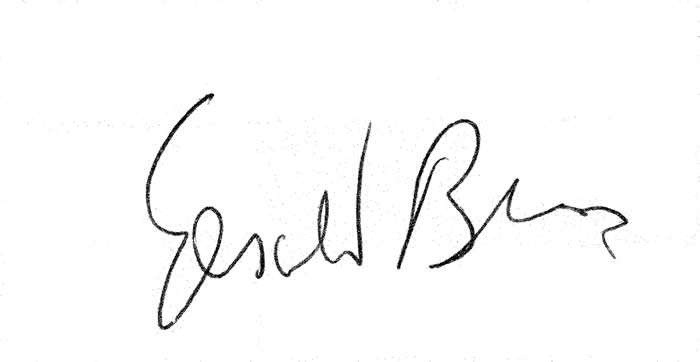
AUTHOR'S NOTE
These pieces were written as part of a study of sensational fiction — ghost stories and detective thrillers — of the late Victorian and Edwardian period, from a notion that the language used in them, as well as their effects, were like the language and effects of Symbolist poetry, say from Baudelaire to Mallarmé to Valéry, important to the author because he was trying to synthesize Symbolist verse in modern American English.
M.R. James’s Ghost Stories of an Antiquary and later titles, and Arthur Conan Doyle’s Sherlock Holmes novels and stories, and oddly aligned — in their popular, accessible shapes — with the hermetic verse of the same period. It seemed desirable to look at the thrillers with the same eye, so he, the author, I, did. What I found is printed here. But there is more. History in “Musgrave Ritual” is imagined as a box inside a box, the butler Brunton a stand-in for Charles I— “He is gone!” and his posture in the box-shaped cellar, head on the chest as if it were an execution block. Faces at windows seem to matter, and mirrors. Maps and plans, bell-pulls, facsimile clues (as well as maps and plans), holes in the floor,plumbers and plumbing, shadows, shifts of manner, unusual names and initials seem important. The Blanched Soldier’s disease is fear; something is hidden in Holmes’s disease in “The Dying Detective,” that lovely piece of writing. “Mazarin Stone” is a one-acter as it stands, a script (and stage set) presented as a tale. “Blue” is hidden in Carbuncle, a character named Jem hides a gem in a goose, and Doyle’s grandfather’s working initials are hidden in a hatband. Max Berrbohm’s early drawings appeared with Holmes stories in the Strand. Did he ever draw Conan Doyle? Did E. Ray Lankester play chess? Is “beige” in “Copper Beeches” a misprint for baize? Linen bags appear in the stories for little reason. Emotion in the best stories shifts from line to line; context is extraordinarily sensitive. I read Vincent Starrett’s Private Life of Sherlock Holmes and Studies in Sherlock Holmes at Harvard, and other Baker Street essays as I found them, and would love to do that kind of piecework, messing about with iconicities. But what struck me rereading the Holmes stories were patterns laid into the act of writing, qualities a writer sees in another writer’s work, regularities that seemed less expressive than something between tools and doodles, and sometimes symptoms of anxiety. Looking at them and for them soothed some anxieties of my own. The odd results come from an odd approach. Christopher Morley, says Scott Duddridge, wrote novels because he suffered from insomnia. As I wrote these I thought about the writers who founded the Baker Street Irregulars, Morley, Rex Stout, Woollcott, and the Detection Club, Chesterton, Sayers, the essays with which they amused themselves and each other, “Watson Was a Woman” and “Holmes’ College Career.” It’s more than a hobby, that kind of writing. Doyle is hard to get at, as good storytellers are. It’s hard to say how he is good. The imagination always wins. But the goodness is also in the writing. So I approached the Canon, the sixty tales and novels, my attention pressed flat against the page, looking for anything. It’s like looking at wallpaper if you’ve never seen wallpaper, and suddenly you see the seams. Completely nonrelated regularities suddenly fuse. Where seeing sees a pattern observation finds a process. It’s not just that Holmes counted the steps to Baker Street, but that he knew them by blending two processes, that’s his point.